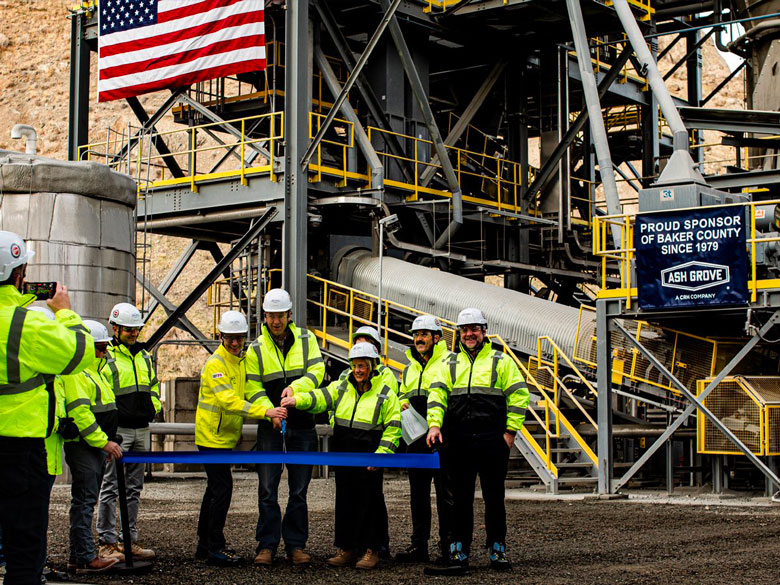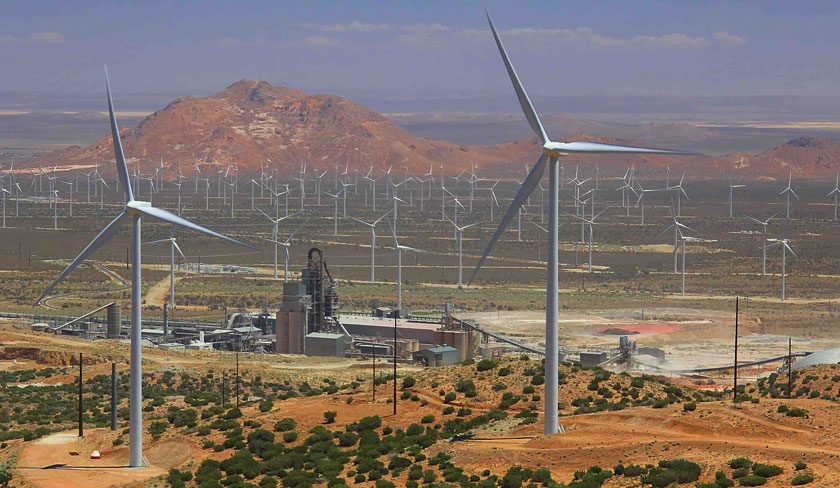CEMEX, S.A.B. de C.V. announced a new Climate Action strategy, which outlines the company´s vision to advance toward a carbon-neutral economy and to address society’s increasing demands more efficiently. The producer aims to reduce net specific CO2 emissions 35% by 2030, against a 1990 baseline level, after achieving more than 22% in reductions since climate change concerns gained prominence and spotlighted carbon-intensive sectors.
The new goal is aligned with the Science-Based Targets methodology, a requirement climate science says is necessary to meet the goals of the Paris Agreement. To complement this strategy with a longer-term vision, CEMEX is also pursuing a new ambition to deliver net-zero CO2 concrete by 2050. As the company’s end product, concrete has a key role to play in the transition to a carbon-neutral economy, and is an essential component in the development of climate-smart urban projects, sustainable buildings, and resilient infrastructure.
“Climate change has been a priority for CEMEX for many years. Our efforts have brought significant progress to date, but we must do more. This is why we have defined a more ambitious strategy to reduce CO2 emissions by 2030 and to deliver net-zero CO2 concrete by 2050,” said Fernando A. Gonzalez, CEO of CEMEX.
To fulfill this strategy, the company has a detailed CO2 roadmap to accelerate the roll-out of proven technologies in all of its facilities, including investing in energy efficiency, using alternative fuels, expanding the use of renewable energy, and increasing the substitution of clinker with alternative cementitious materials.
Furthermore, the new net-zero CO2 concrete aspiration sets CEMEX on a path of open innovation that requires strategic partnerships and cross-industry collaboration in the development of breakthrough technologies like carbon capture, utilization and storage; novel clinkers with low heat consumption; alternative decarbonated raw materials; carbonation of concrete waste for use as recycled aggregates; and the promotion of circular economy models that transform waste into fuel. CEMEX currently consumes as either alternative fuel or alternative raw material 32 times more waste from other industries than the waste it generates and sends to landfill.



